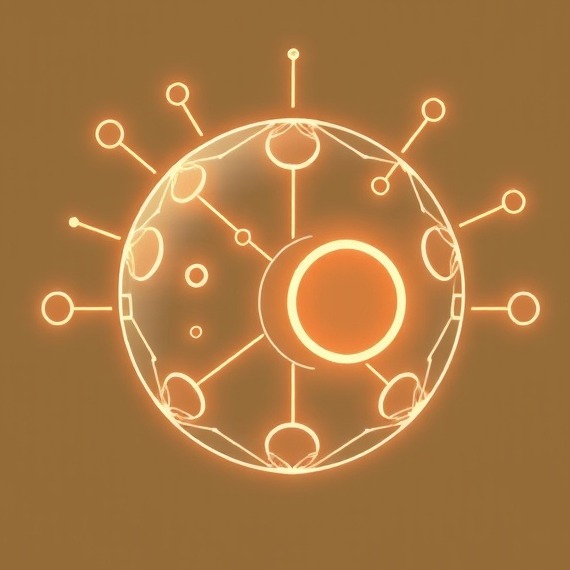
Exploring Flare Network: A New Era for Blockchain Interoperability
Max Luck, the head of growth at Flare Network, recently discussed the unique attributes and functions of this innovative blockchain. Flare operates as a layer one EVM-compatible network specifically designed to support data-intensive applications while enhancing interoperability among existing assets.
In 'Flare Network: Full-stack (EVM compatible) L1 for data-intensive use cases | Max Luck Interview', we delve into the unique aspects of Flare Network and its potential impact on blockchain interoperability.
At the heart of Flare's operations are its 'enshrined oracles,' a concept that combines the roles of data validators and data providers. This not only allows Flare to provide high-integrity and timely price data but also sets it apart from other competing blockchains. Validators on the Flare network continuously supply pricing information every second, thus ensuring accurate data input for various applications, including decentralized finance (DeFi) protocols.
Revolutionizing Data Integrity in Blockchain
Flare’s architecture enables a decentralized approach to data gathering. Instead of relying on singular sources, over 80 validators pull information from multiple APIs and exchanges. This decentralization mitigates risks associated with price manipulation, providing a more reliable framework for users and developers alike. As a result, predictive markets and DeFi lending protocols stand to benefit significantly from Flare’s robust and responsive ecosystem.
Bridging the Gap for Non-Smart Contract Tokens
Flare aims to be the go-to hub for DeFi applications related to non-smart-contract chain tokens like XRP, Bitcoin, and Dogecoin. By creating a secure bridge for these tokens, Flare not only enhances their usability but also integrates them into a rich ecosystem of financial products and services designed specifically for decentralized applications.
The Future of Flare: Emphasizing AI and Regulation
Looking ahead, Luck predicts a shift in the regulatory landscape for blockchain technology. With proper guidelines, the influx of institutional capital could be on the horizon. The combination of AI capabilities with Flare’s existing infrastructure will open new possibilities for application development, allowing users to utilize AI agents within the DeFi space effectively. This integration could provide automated strategies for yield generation, further enhancing user engagement and platform adoption.
Conclusion: A Bright Future for Flare Network
As Flare Network continues to innovate and adapt to changing market conditions, it stands poised to redefine the landscape of blockchain interoperability and decentralized finance. Keep an eye on Flare as it establishes itself as a leader in the crypto-community.
 Add Row
Add Row  Add
Add 




Write A Comment